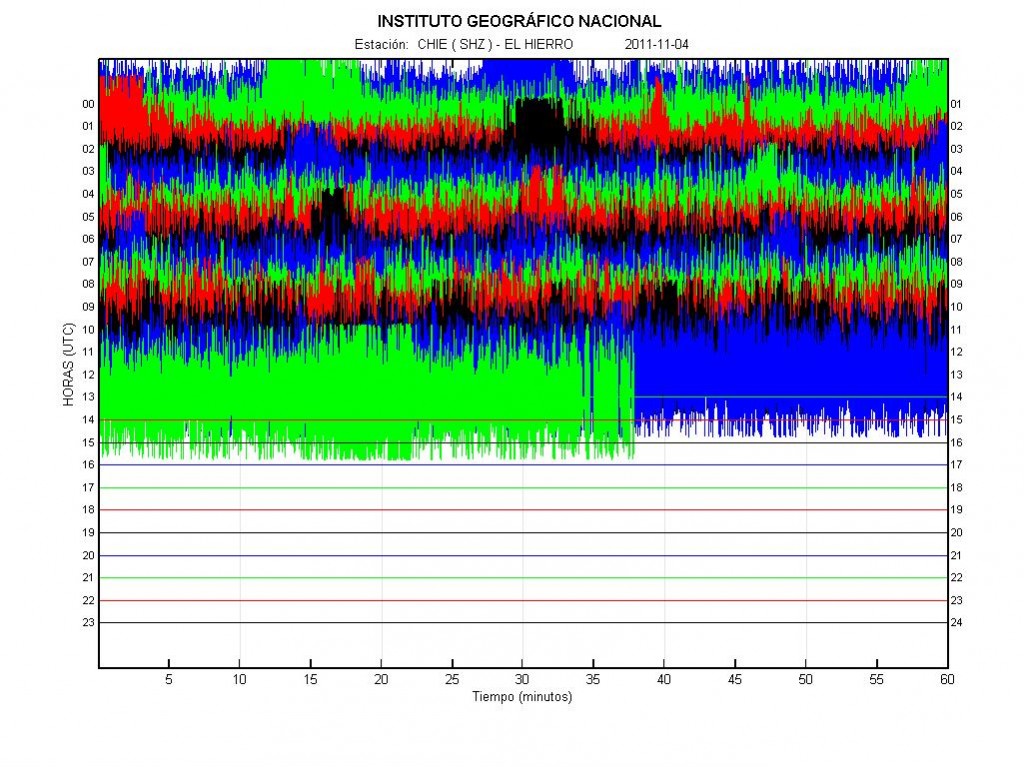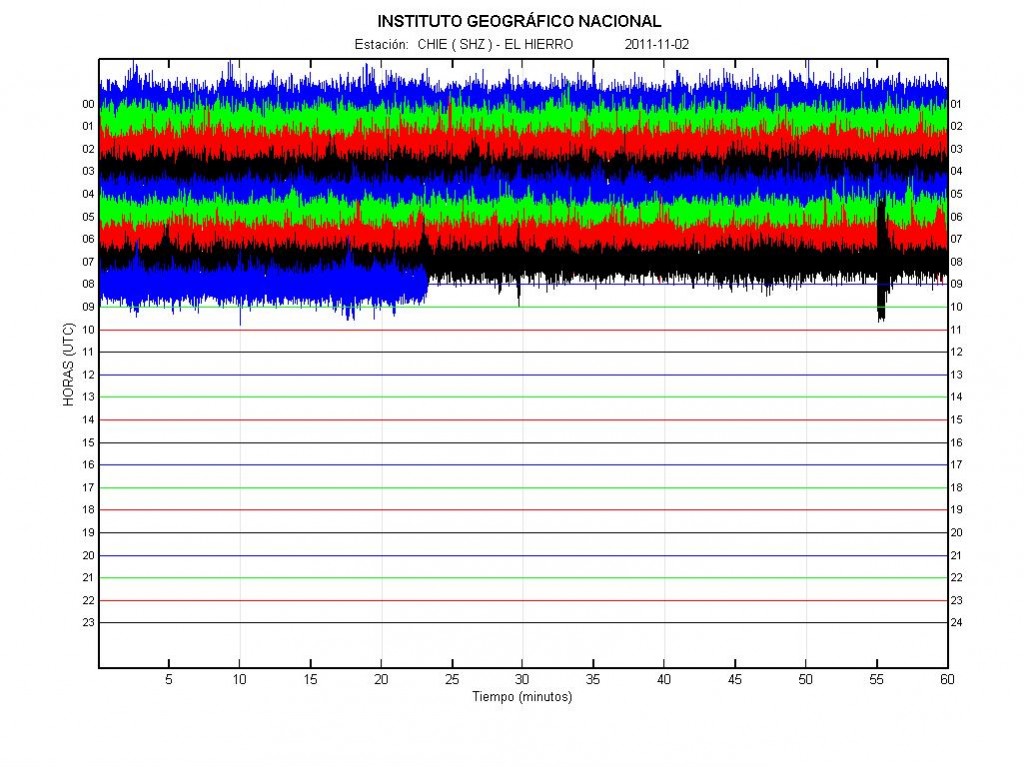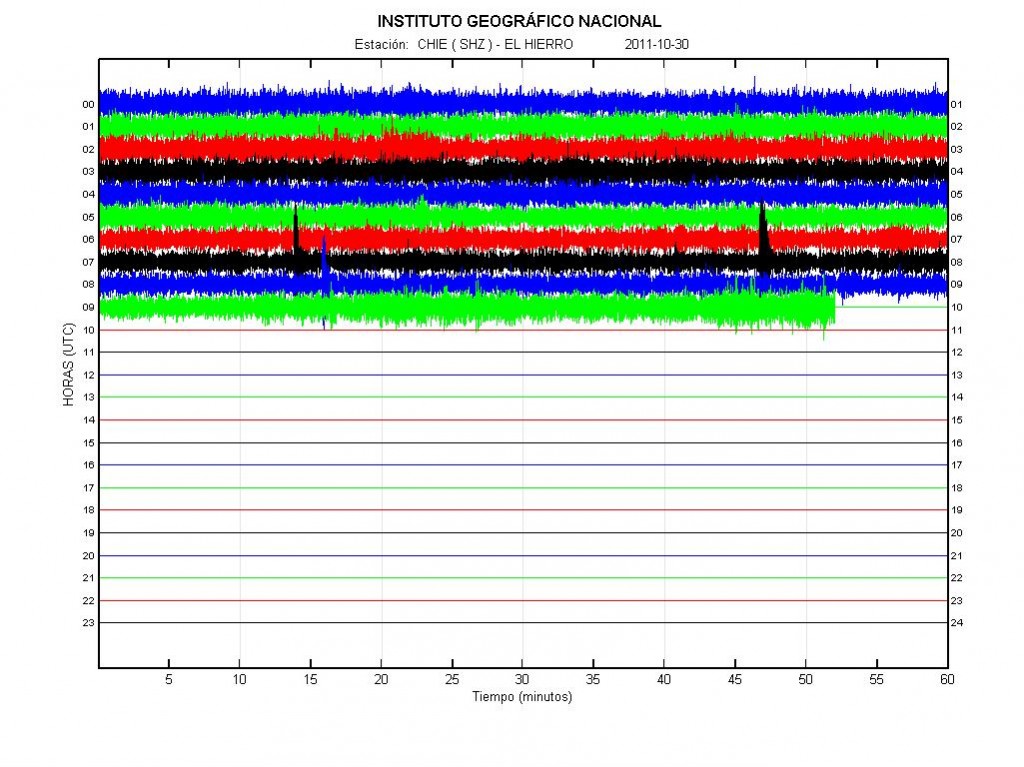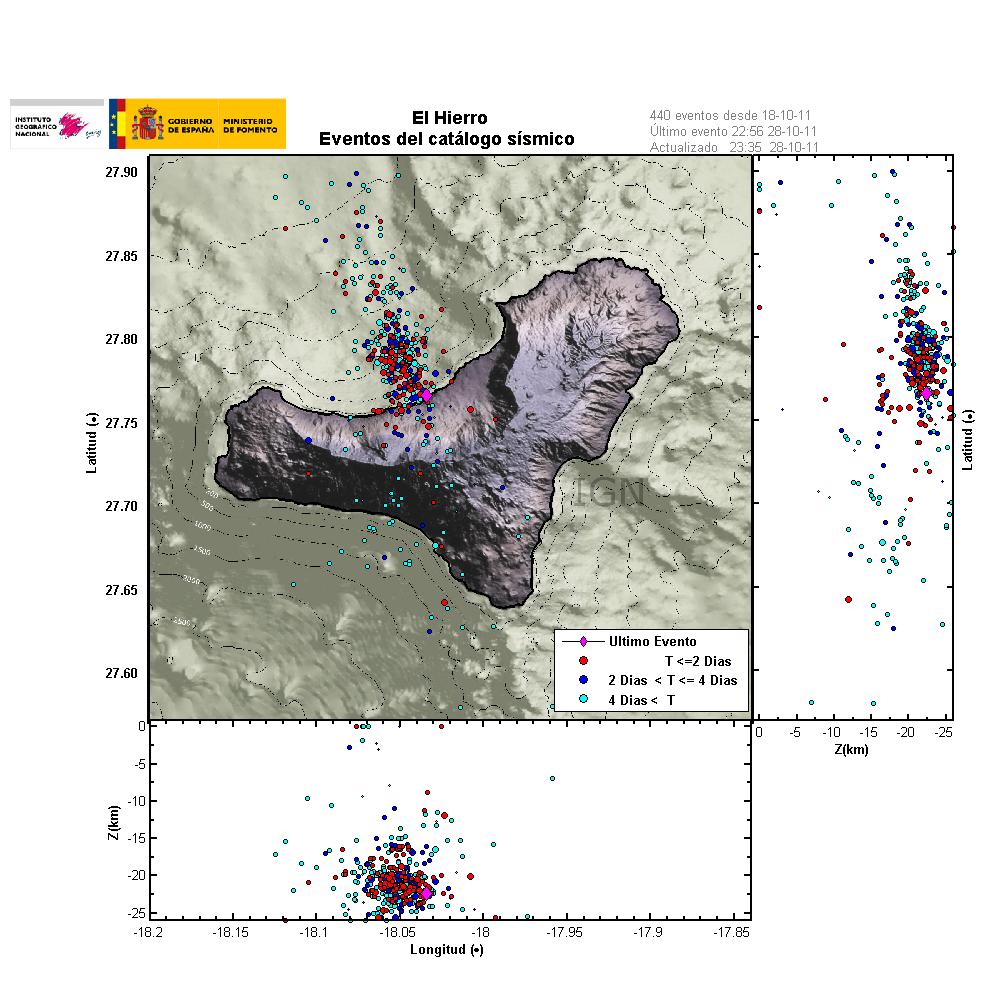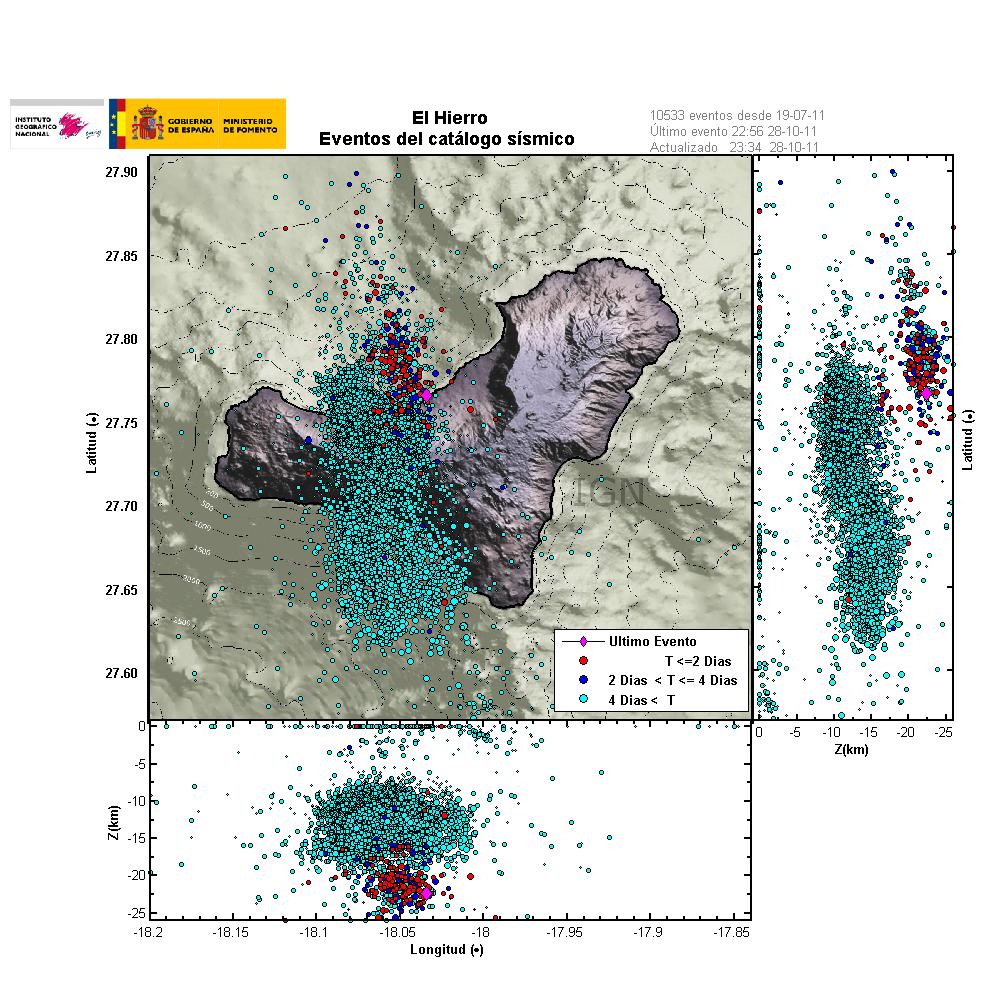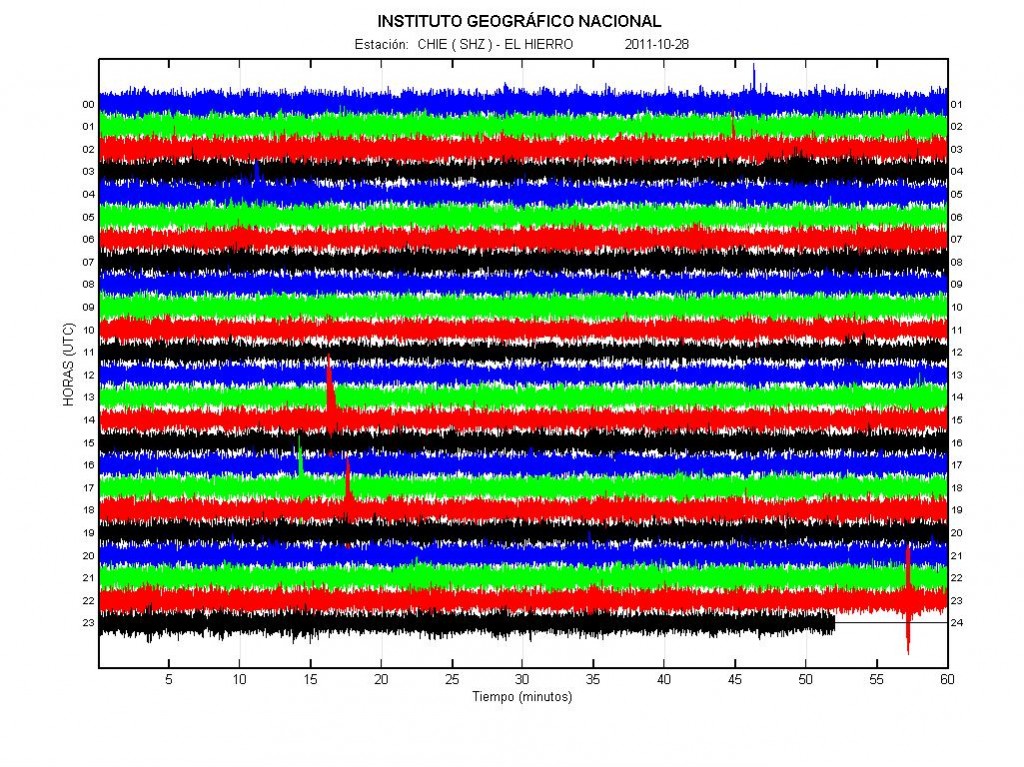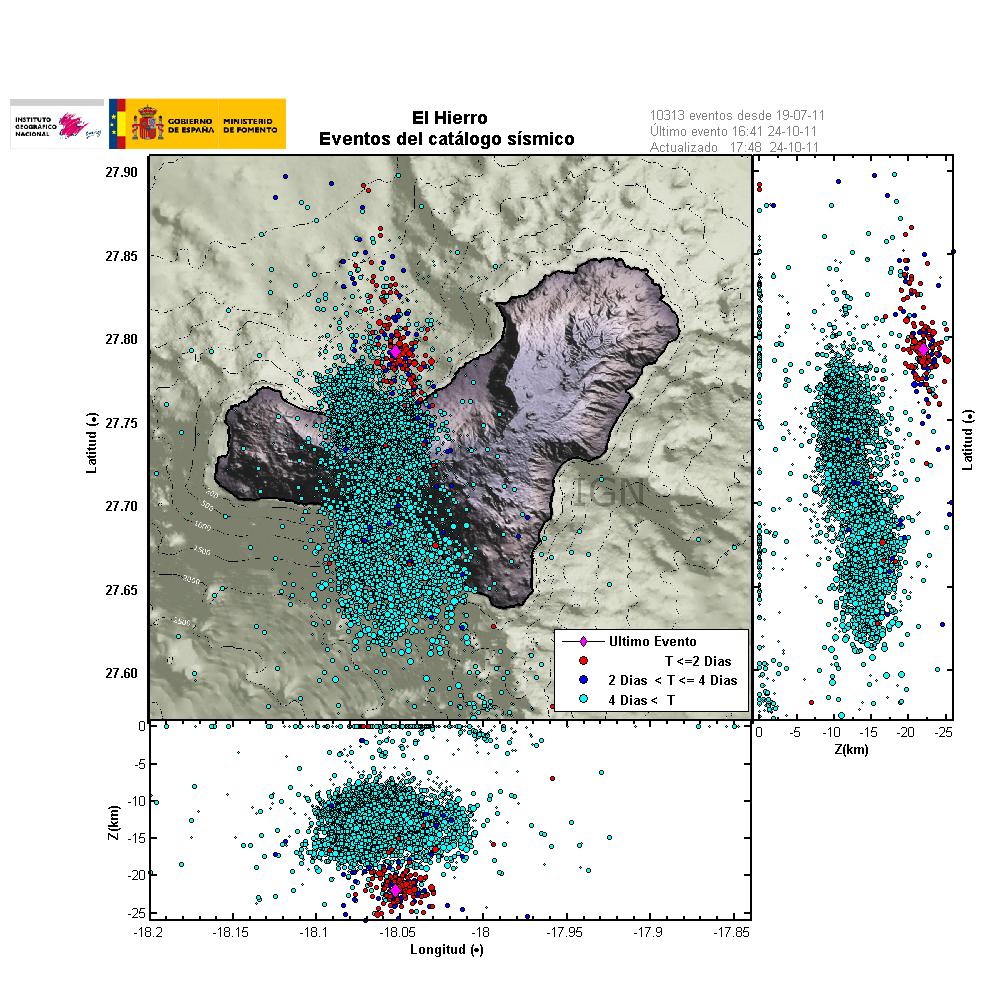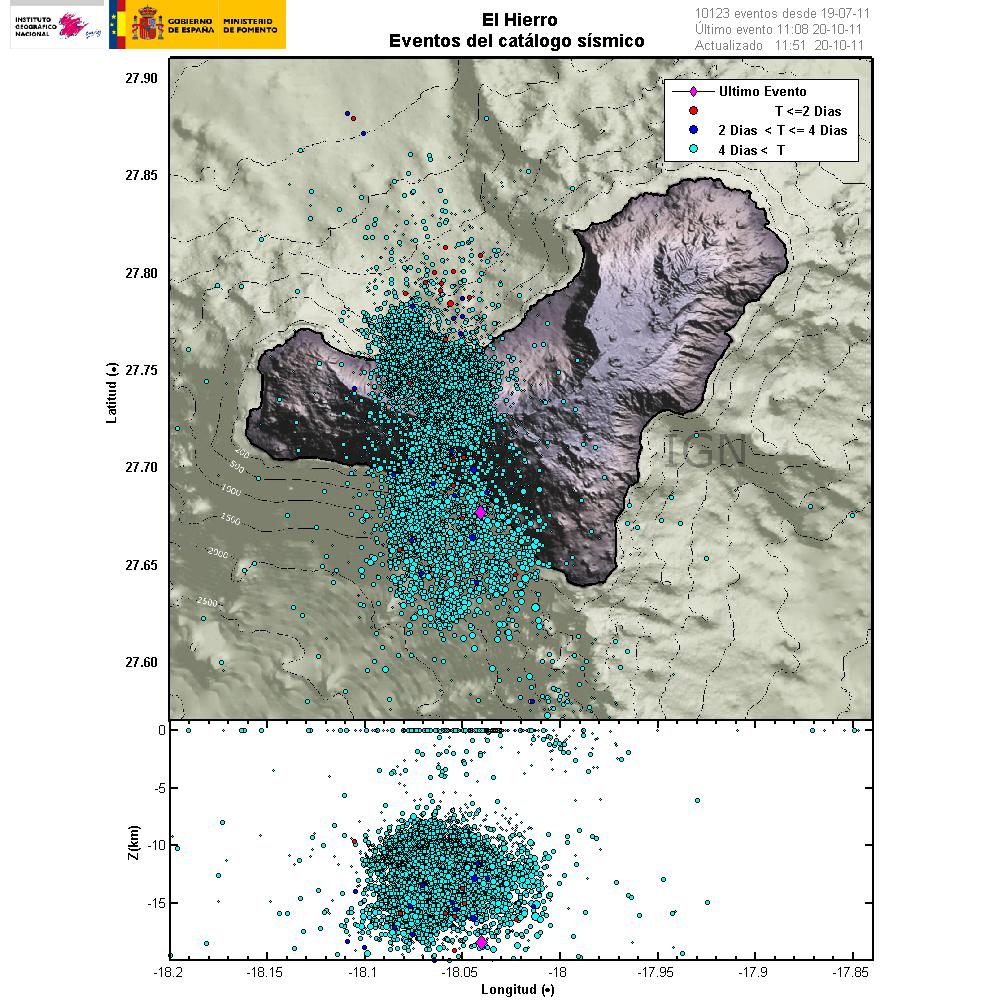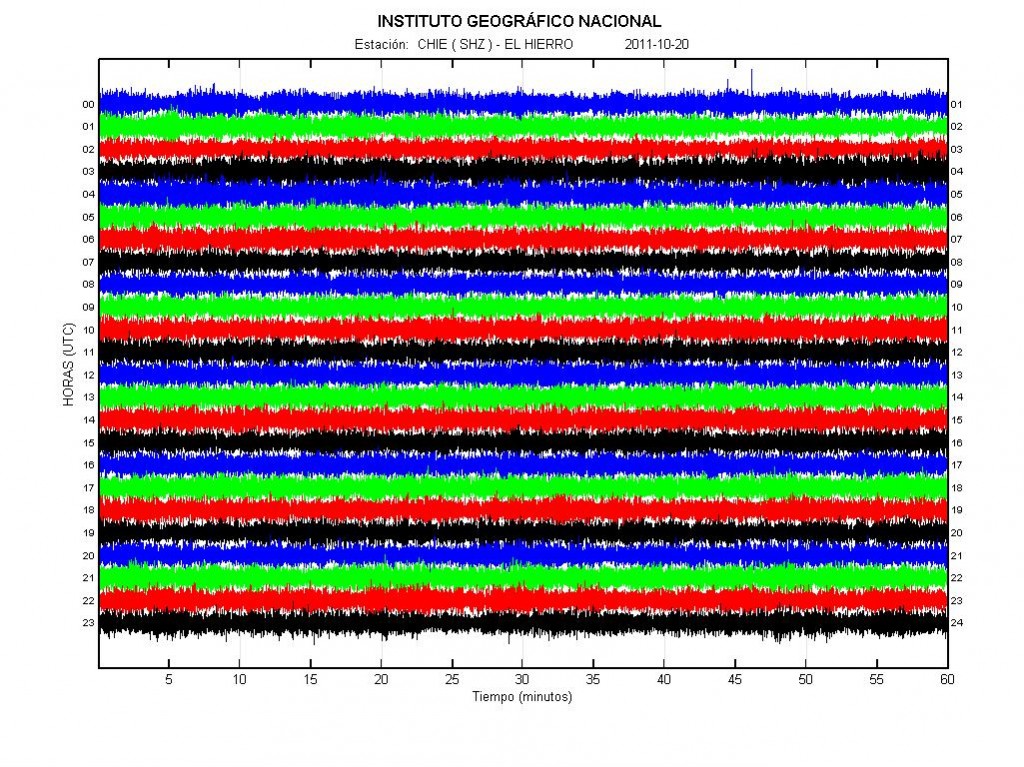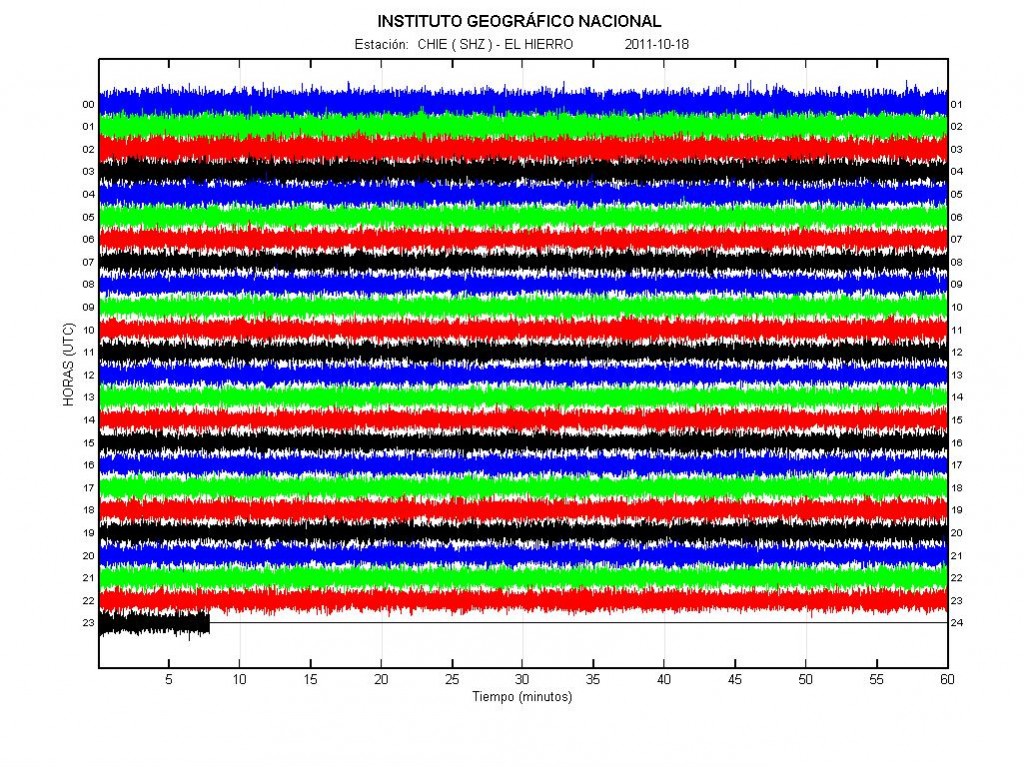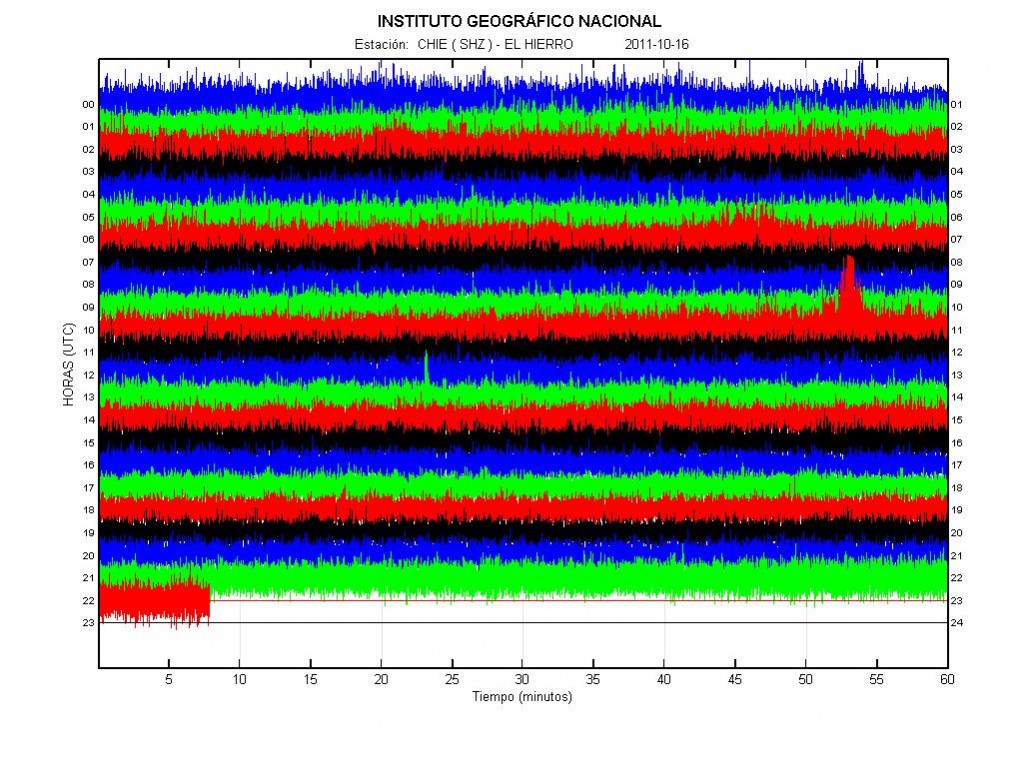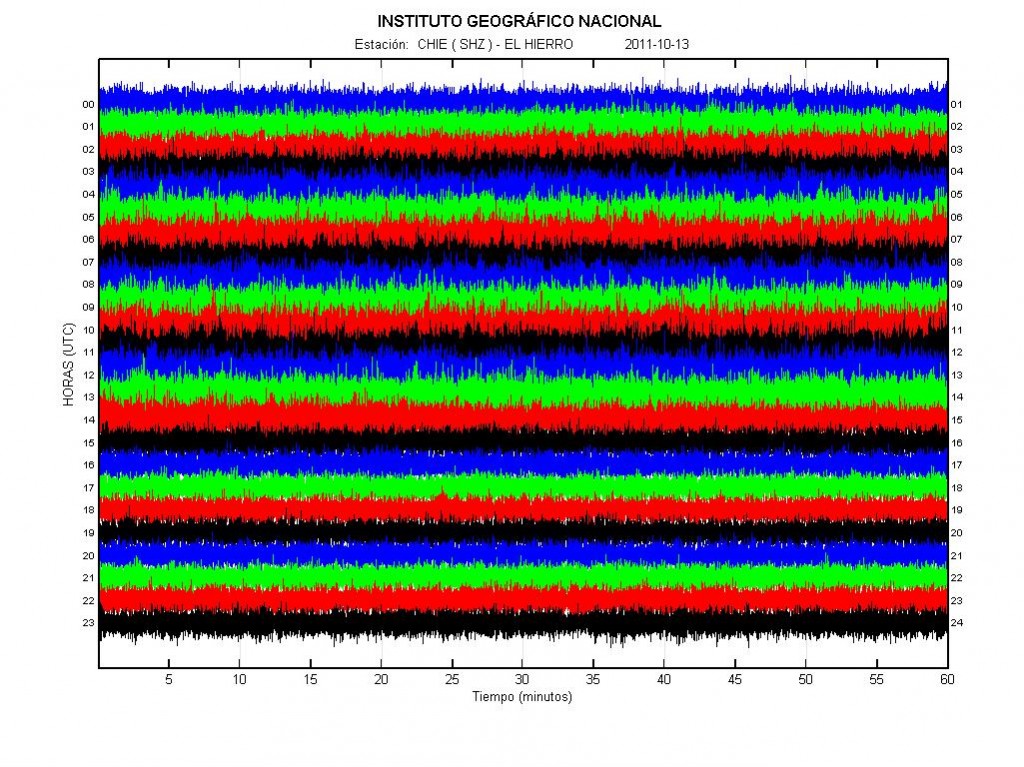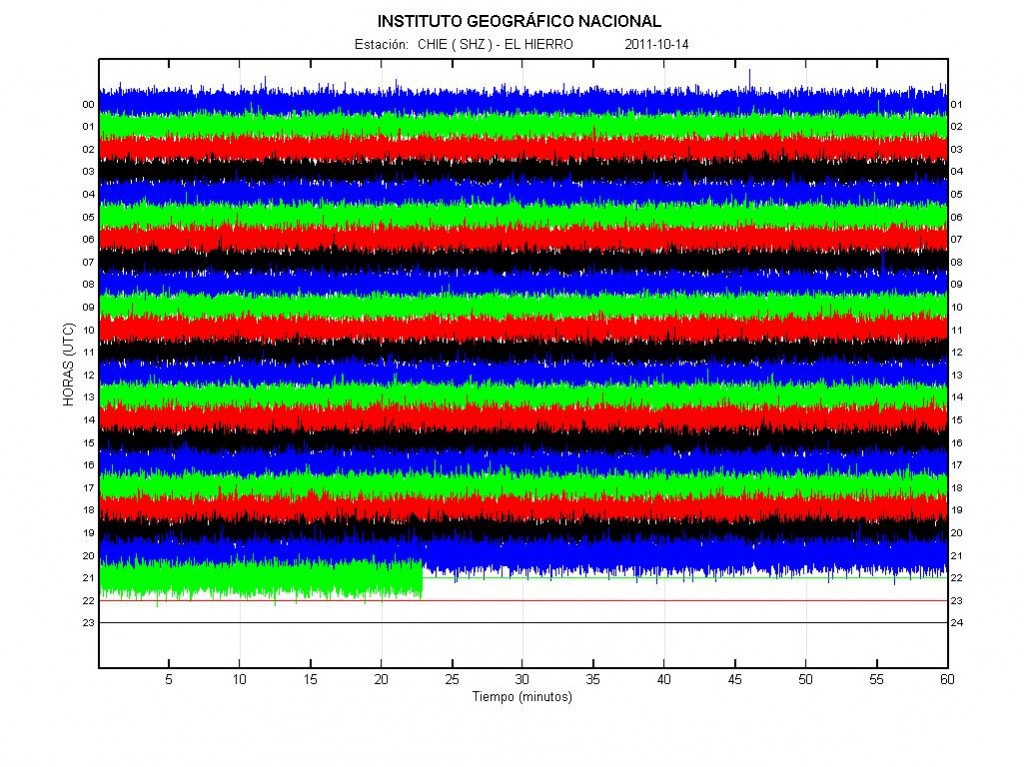This is a short blog post about latest events.
***
Earlier tonight a Surtey eruption started in El Hierro volcano. Before this phase did start there has been increased harmonic tremor on seismometers that are located on El Hierro Island. Volcano ash is to be expected while water can still get into the crater. When the water does no longer get into the crater it is going to stop making volcano ash. The ash plume can go up to 3 to 10 km high, depending on the strength of the eruption. New vents have also been opening up south of town of La Restinga. That means the fissure is still growing, at least that was the case yesterday and earlier today from what I can gather. I am unsure of that has continued or stopped.
Earthquake activity still high north west of the town of Frontera. This suggests that fissure might open up there. But so far that has not happened. I do not think this are earthquakes due to tectonic stress changes due to the eruptions in south El Hierro volcano. But this stress changes are because of the magma injections at depth in El Hierro volcano.

Harmonic tremor from the eruption in El Hierr volcano. It now shows clear signs of explosions (strong ones) and increased eruption activity. Copyright of this picture belongs to Instituto Geográfico Nacional.
If new vents open up closer to the shore there is going to be instant Surtsey eruption activity. But that might only last for a short while the water gets into the crater. There the lava stage is reached much sooner then on the vents that are erupting on more depth at the moment.
I am going to post more updates on this. If I can get more details on what is going on.
Sources:
Renewed Eruptions at El Hierro in the Canary Islands (Eruption blogs)
I also want to thanks reader how email me about the current status of what is going on in El Hierro volcano. My Spanish is weak at the moment.

